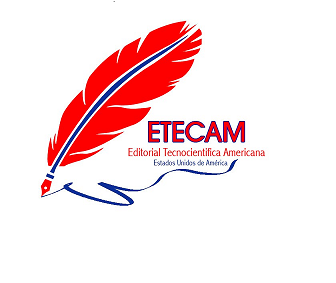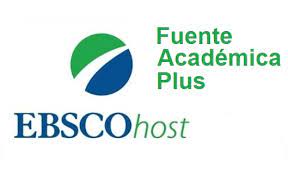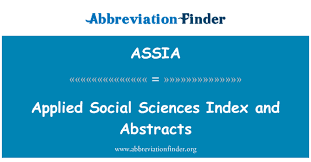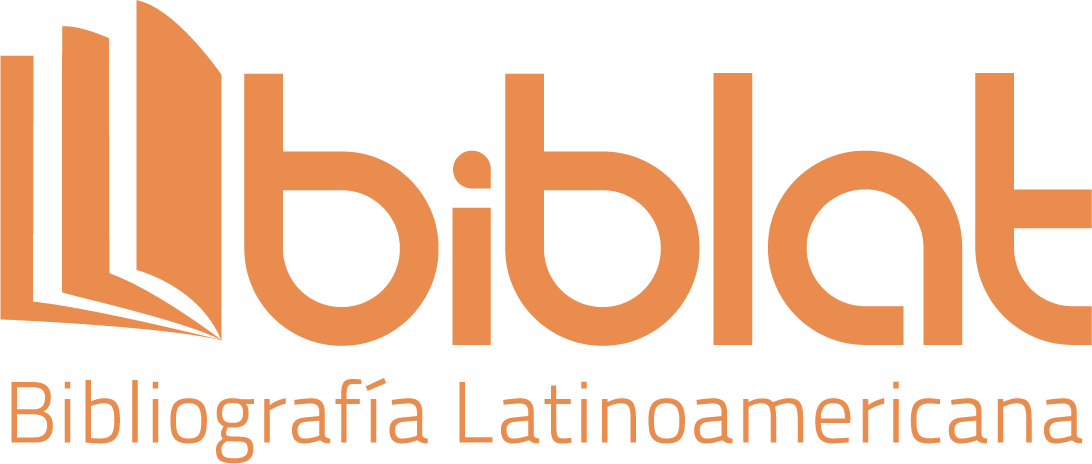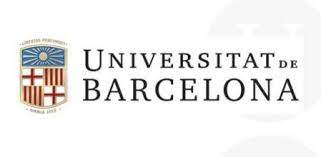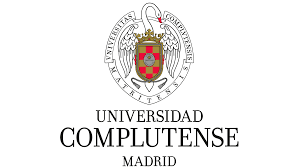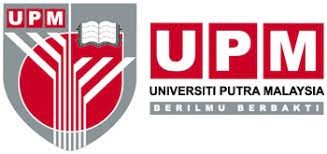The impact of minimizing the use of Spanish during the English-language teaching process
DOI:
https://doi.org/10.51736/sa.v7iEspecial%202.218Keywords:
Language, English learning-teaching process, approachAbstract
This present research paper explores the impact of minimizing the use of Spanish during the English-language teaching process, to generate a significant learning environment that enhances the language acquisition process and proficiency achievement. The literature review presents a deep analysis of communicative language teaching principles and the positive impact and benefits that immersion provides especially on cultural integration and language competencies. In addition, it also presents some worldwide-known strategies that are used by teachers to minimize the use of the native language in the classroom, such as Communicative Language Teaching (CLT), visual aids, and the integration of Information and Communication Technology (ICT). Finally, the research provides some recommendations for future studies, encouraging further research on different educational levels, as well as the exploration of teacher training programs considering the significance of minimizing the use of the student's native language, in this specific case Spanish, lies in its enormous transforming potential to encourage dynamic English language learning environments, preparing students to succeed in a globalized world.
Downloads
References
Bialystok, E. (2001). Bilingualism in development: Language, literacy, and cognition. Cambridge University Press.
Cummins, J. (2000). Academic language learning, transformative pedagogy, and information technology: Towards a critical balance. Tesol Quarterly, 34(3), 537-548.
Holobow, N. E., Genesee, F., Lambert, W. E., Gastright, J., & Met, M. (1987). Effectiveness of partial French immersion for children from different social classes and ethnic backgrounds. Applied Psycholinguistics, 8(2), 137-152.
Krashen, S. (1992). The input hypothesis: An update. Linguistics and language pedagogy: The state of the art, 409-431.
Levy, M., & Stockwell, G. (2013). CALL dimensions: Options and issues in computer-assisted language learning. Routledge.
Long, M.H. (1996). The role of the linguistic environment in second language acquisition. Handbook of second language acquisition. New York: Academic Press.
Ma, F. (2015). A review of research methods in EFL education. Theory and Practice in Language Studies, 5(3), 566. ISO 690
Macaro, E. (2001). Analyzing student teachers' code-switching in foreign language classrooms: Theories and decision making. The Modern Language Journal, 85(4), 531-548.
Peterson, M. (2010). Massively multiplayer online role-playing games as arenas for second language learning. Computer-assisted language learning, 23(5), 429-439.
Pica, T. (1994). Research on negotiation: What does it reveal about second‐language learning conditions, processes, and outcomes? Language learning, 44(3), 493-527.
Tenny, S., Brannan, J. M., & Brannan, G. D. (2017). Qualitative study.
Schweers Jr, W. (1999, April). Using L1 in the L2 classroom. In English teaching forum (Vol. 37, No. 2, pp. 6-9).
Swain, M. (1985). Large-scale communicative language testing: A case study. New directions in language testing, 35-46.
Wong, L. L., & Nunan, D. (2011). The learning styles and strategies of effective language learners. System, 39(2), 144-163.
Published
How to Cite
Issue
Section
License
Copyright (c) 2024 Karla Crespo Guttler, Jonathan Anibal Vaca Badaraco, Jorge Erazo Rivera, Leontes Leonidas Zambrano Barcos, Danny Córdova García

This work is licensed under a Creative Commons Attribution-NonCommercial-ShareAlike 3.0 Unported License.













